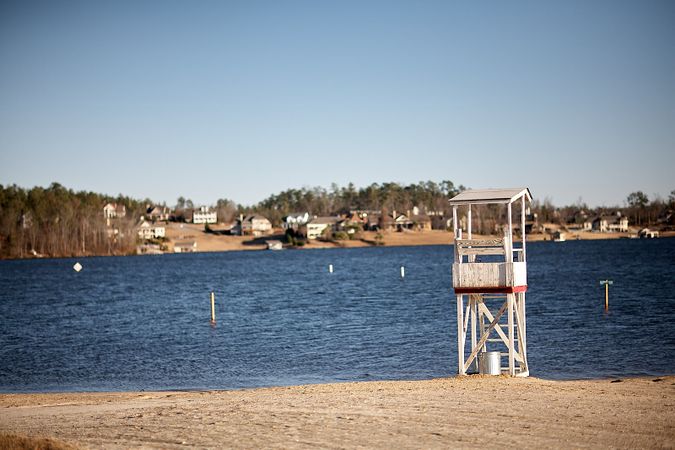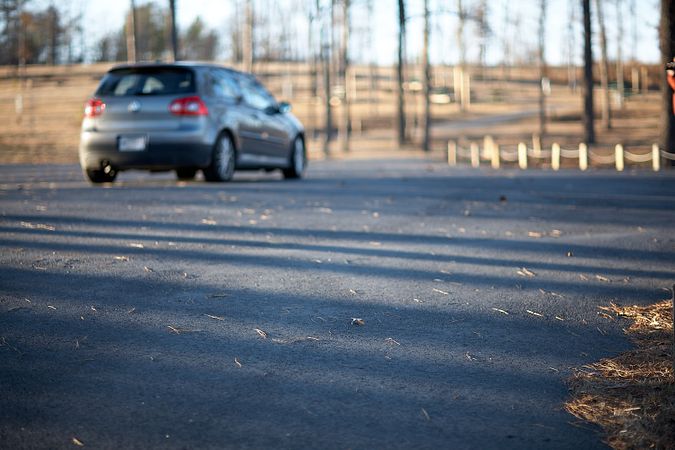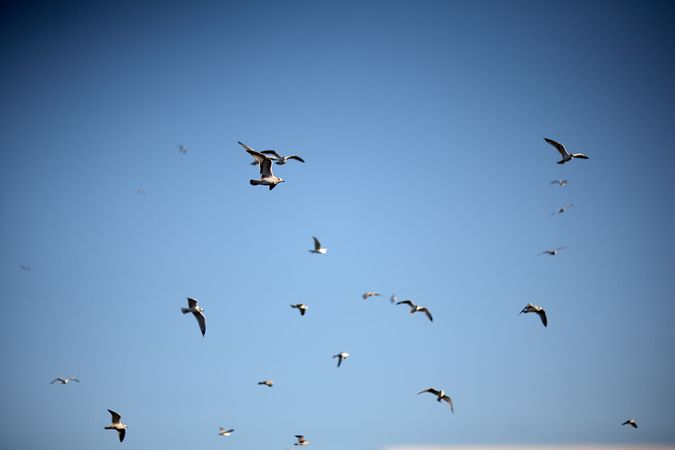June 7, 2011: Difference between revisions
m (Addition.) |
No edit summary |
||
| (One intermediate revision by the same user not shown) | |||
| Line 1: | Line 1: | ||
{{Large|Learning New Glass}} | {{Large|Learning New Glass}} | ||
Well, it’s not exactly “new” anymore, but the Canon EF 85mm f/1.2 L USM is my current favorite lens. Yes, I know I posted some shots back in January when I first got the lens, but I’ve had a bit of time to appreciate it more since then. In fact, it rarely comes off the camera. | Well, it’s not exactly “new” anymore, but the Canon EF 85mm f/1.2 L USM is my current favorite lens. Yes, I know I posted some shots back in January when I first got the lens, but I’ve had a bit of time to appreciate it more since then. In fact, it rarely comes off the camera. | ||
<gallery mode=packed-hover heights=300px> | |||
File:2011-01-08 17-25-26.jpg| | |||
File:2011-01-08 17-27-43.jpg| | |||
</gallery> | |||
Obviously, the best part of this lens is its speed. The f/1.2 lets in half as much light again as an f/1.4, producing a razor-thin depth of field and silky smooth bokeh. Yet, achieving this magical combination is tricky, and often I find my focus off. I’m used to focusing on my subject, then composing my photo. However, more often than not, this procedure doesn’t work with this lens at f/1.2. Since the depth of field is so thin, even the slightest movement of the camera after focusing will knock it off. I’m having to learn to compose before focusing. | Obviously, the best part of this lens is its speed. The f/1.2 lets in half as much light again as an f/1.4, producing a razor-thin depth of field and silky smooth bokeh. Yet, achieving this magical combination is tricky, and often I find my focus off. I’m used to focusing on my subject, then composing my photo. However, more often than not, this procedure doesn’t work with this lens at f/1.2. Since the depth of field is so thin, even the slightest movement of the camera after focusing will knock it off. I’m having to learn to compose before focusing. | ||
| Line 10: | Line 15: | ||
OK, blah blah blah. Here are some of the first images I took with the 85 f/1.2 back in January. These remind me more than anything else, I have to get out there more. Well, England’s just around the corner. These images are all from a short trip to the west of Macon. | OK, blah blah blah. Here are some of the first images I took with the 85 f/1.2 back in January. These remind me more than anything else, I have to get out there more. Well, England’s just around the corner. These images are all from a short trip to the west of Macon. | ||
<gallery mode=packed-hover heights=300px> | |||
File:2011-01-08 17-28-05.jpg| | |||
File:2011-01-08 17-45-08.jpg| | |||
File:2011-01-08 17-55-50.jpg| | |||
File:2011-01-08 17-56-20.jpg| | |||
</gallery> | |||
{{Canon}} | |||
{{2011}} | {{2011}} | ||
[[Category:06/11]] | [[Category:06/11]] | ||
[[Category: | [[Category:Landscapes]] | ||
Latest revision as of 07:31, 12 March 2020
Learning New Glass
Well, it’s not exactly “new” anymore, but the Canon EF 85mm f/1.2 L USM is my current favorite lens. Yes, I know I posted some shots back in January when I first got the lens, but I’ve had a bit of time to appreciate it more since then. In fact, it rarely comes off the camera.
Obviously, the best part of this lens is its speed. The f/1.2 lets in half as much light again as an f/1.4, producing a razor-thin depth of field and silky smooth bokeh. Yet, achieving this magical combination is tricky, and often I find my focus off. I’m used to focusing on my subject, then composing my photo. However, more often than not, this procedure doesn’t work with this lens at f/1.2. Since the depth of field is so thin, even the slightest movement of the camera after focusing will knock it off. I’m having to learn to compose before focusing.
Also, I’m learning that even stopped down, this is a great lens. Yes, I don’t always have to shoot it at f/1.2. In fact, this is another lesson I’m slowly learning. Just because the lens is that fast, doesn’t mean I have to use it wide open all the time. Often the subject really needs a greater depth of field, and that’s OK. Since I’ve been shooting in manual mode as much as I can lately and playing more with light, I’ve realized that sometimes f/1.2 is just inappropriate. This is a hard one to put into practice. After all, what do you buy an f/1.2 lens for?
Speaking of “M” mode, the thing I most like about it—aside from the great control it gives me over aperture and shutter speed—is that it causes me to think. To be deliberate. It really makes me think about light and exposure before I hit the shutter. I think it gives me more of a sense about what it was like in the film days. We digital photogs think nothing of the numerous “test” shots we might have to make to get the exposure just right, but before the days of these easily discarded images, photographers actually had to make educated guesses about the outcome or end up wasting a lot of film and money. I’m trying to get to the point where I have no throw-away shots. It’s an ideal goal, and therefore unattainable. However, it does give me something to strive for in my photography.
OK, blah blah blah. Here are some of the first images I took with the 85 f/1.2 back in January. These remind me more than anything else, I have to get out there more. Well, England’s just around the corner. These images are all from a short trip to the west of Macon.
| Canon Camera Information |
|---|
| Camera: Canon Digital Rebel XT1, Canon EOS 30D, Canon EOS 5D, or Canon EOS 6D • Prime Lenses: Sigma 10mm f/2.8 EX DC Fisheye HSM, Canon EF 50mm f/1.4 USM, Canon EF 85mm f/1.8 USM, or Canon EF f/1.2 85mm L USM • Zoom Lenses: Canon EF f/2.8 16–35mm L, Canon EF 24–70mm L, Canon EF 70–200mm L IS USM, Tokina AT-X 124 AF PRO DX 12-24mm f/4 • Processed with Apple Aperture. |





